It’s not just you: iOS 7 has seemingly killed off support for some unlicensed, third-party Lightning cables.
iOS 7 Killed Off Some Unlicensed Lightning Cables, But Here’s A Fix That Might Work For You
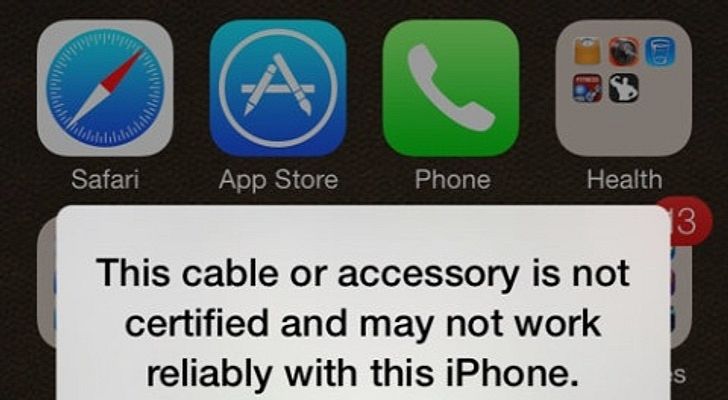

It’s not just you: iOS 7 has seemingly killed off support for some unlicensed, third-party Lightning cables.
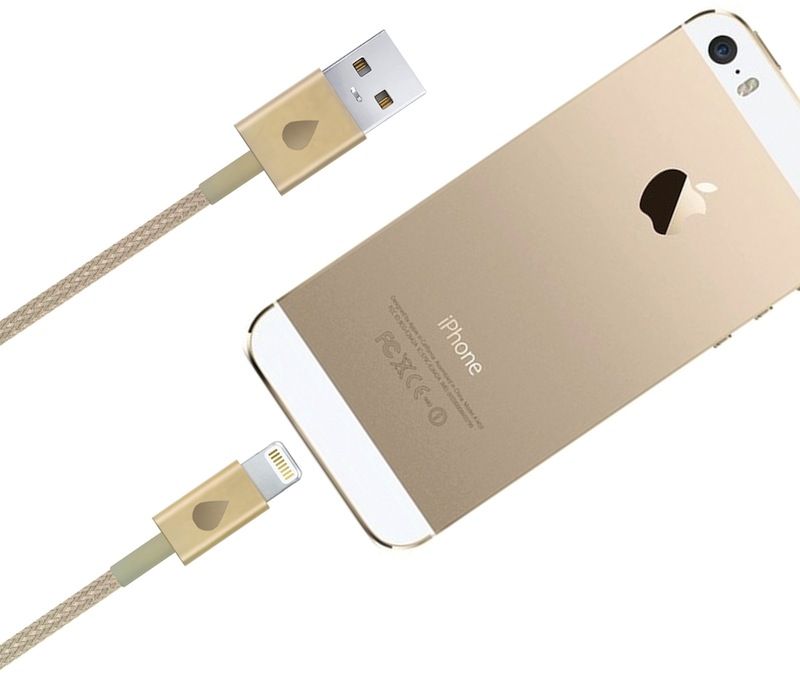
Okay, we’ve had a bit of fun with the gold iPhone 5S, but in reality, it’s a pretty fantastic looking device… and hey, it can resist knife attacks, too. So there’s a lot to recommend the gold iPhone 5s.
If you’re considering buying a gold iPhone 5s, you might also considering throwing a few bucks towards the Juicies+ Kickstarter. They’re making a gold Lightning cable that would look absolutely perfect plugged into your new gold iPhone 5S.

If iPhone 5 chargers keep getting smaller at the same rate, soon the whole thing will fit inside the Lightning hole like some kind of USB-powered suppository. For now, though, you’ll have to settle for the still impressively small ChargeKey, a teeny tiny USB-to-Lightning adapter that – yes – hooks onto a keyring.

Apple hasn’t sold its own dock for the iPhone since introducing the Lightning connector on the iPhone 5, but it looks like the company has had a change of heart, and will start selling an iPhone 5s dock for $29 starting on September 20th at Apple retail stores.
Along with being able to charge your iPhone 5 or iPhone 5s, the new dock also has some “special audio porting” to make speakerphone calls clear while placed in the dock. An iPhone 5c dock will also be available for the same price.

There’s probably one single fact that’ll get you interested in the fancy Juicies Lightning cable:
That’s right – for just a dollar more you can have aluminum plugs and a corded fabric cable instead of plastic and… More plastic.

By now we know exactly what the iPhone 5C is going to look like thanks to more component leaks than you probably care to look at. But the latest gallery is the only one you should care about, because these high-resolution pictures show off the iPhone 5C’s plastic rear panel better than ever before.

Zensorium’s Tinke is one of those gadgets that’s a little off the beaten path. Like many fitness gadgets, it can measure heart rate. What makes it different is that it’ll also measure blood oxygen levels and respiratory rate — and what it does with that data is even more unusual.
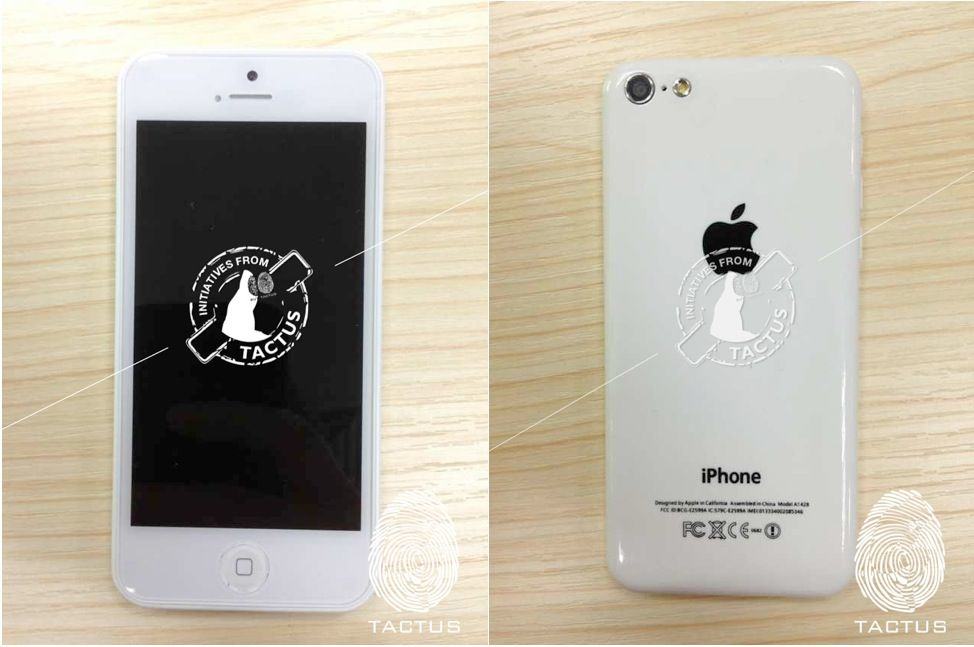
We’ve seen lots of pictures of budget iPhone parts in recent weeks, but these images from case maker Tactus show us what the device will look like when it’s fully assembled — complete with a display, a camera and flash, buttons, and a Lightning connector.
![IPhone 5 The ‘Most Hated Handset’, Galaxy S4 The Most Loved [Report] post-234426-image-2b41f09ab694889d36392afc1ca074fa-jpg](https://cdn.cultofmac.com/wp-content/uploads/2013/07/post-234426-image-2b41f09ab694889d36392afc1ca074fa.jpg)
Apple’s iPhone 5 is “the most hated handset” currently available, receiving the most criticism on social networks, reports British tabloid The Daily Mail. Its biggest rival, the Samsung Galaxy S4, is the most loved — receiving just 11% of the complaints.
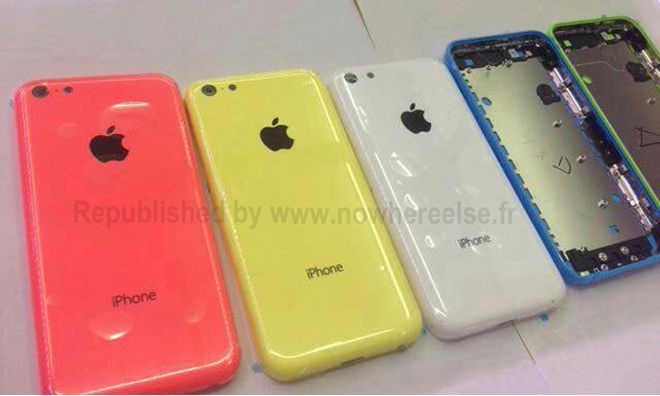
We already have a pretty good idea of what Apple’s rumored low-cost iPhone will look like, thanks to a number of images which purportedly show the handset’s plastic rear casings on the production line. And today yet more have surfaced, this time showing off potential blue and white models.

With iOS 7, when you plug an unauthorized Lightning cable into your iOS device, you’ll get a notification that informs you you’re not using a “certified” Lightning accessory, and that it “may not work reliably” with your device.
But after just two weeks, one accessory maker has already cracked Apple’s detection and fooled iOS 7 into thinking uncertified Lightning accessories are certified ones.

I play the street life
Because there’s no place I can go
Street life
It’s the only life I know
Street life
And there’s a thousand cards to play
Street life
Until you play your life away
So go the lyrics to Randy Crawford’s fantastic Street Life, which is not — as far as I know — the official song of AT&T and Goal Zero’s new “collabo” Street Charge.
Street Charge is a new scheme which will see AT&T deploying solar charging stations throughout New York City.
![MiniDock Turns Any USB Charger Into A Wall-Mounted Lightning Dock [Review] IMG_1727.JPG](https://cdn.cultofmac.com/wp-content/uploads/2013/06/IMG_1727.jpg)
Bluelounge’s new MiniDock really is mini. It’s a tiny little dock which perfectly matches the cuboid charger that came with your iPhone or iPad mini, and turns it into a wall-mounted dock. The device is as portable and effective as it is handy, especially if you never use a case. I have one here in Cult of Mac’s Spanish HQ, and I have been putting it through its paces in our Extreme Test Lab.

Here’s something for you: a bendable but still rigid Lightning-to-USB cable that can function not just as a charging and sync cable for your iPhone, but also as a make-shift stand, propping up your device on a coffee table, desk or even when it’s in a wall charger. $19.95. None too shabby.

Apparently the OLPC cemented the colors green and white as the color scheme of choice for the education market, because now the new Logitech Wired Keyboard for iPad is similarly hued.
I have no problem with that: the combo is so ugly that it’ll seriously diminish the resale value should light-fingered pupils decide to earn a little extra pocket money.

One word cropped up over and over at the Consumer Electronics Show this year, and it wasn’t “speakerdock” (yes, that may be two words; but I’m merging them here because that’s what I’m doing). In fact, the word was “Bluetooth” — a word discordant with the very idea of a dock-equipped speaker.
And yet, amid the tsunami of Bluetooth-equipped speakers at CES, there were holdouts — adherers to the Old Way of doing things, of physically connecting a device to its speaker.
One such holdout is the Aud 5, iLuv’s first speaker dock to harbor a Lightning connector.
![The iDockAll Holds & Charges Every iOS Device You Own [Kickstarter] iDockAll](https://cdn.cultofmac.com/wp-content/uploads/2013/05/8f13241377d0f3ce2d831356e43a4eeb_large.jpg)
I have a handful of docks that I’ve stowed away in a drawer because I no longer own the iOS devices I bought them for; they were all bought for specific iOS devices, and they’re not compatible with my latest ones.
With the iDockAll, that’s not an issue, because it’s designed to fit any iOS device you own — including your iPhone, your iPad, and your iPod touch. It looks darn good, too, and it doesn’t prevent your iOS device from being used while it’s charging.

It’s not much bigger than a (large, fat) thumb — but this PhoneSuit Flex battery has more juice than all but the very, very largest iPhone battery cases. While it’s been available in 30-pin and Android/micro-USB flavors for months, it’s now also available for the iPhone 5.

Cute and practical, that’s the Itomaki adapter from Softbank. The charger is shaped like a kind of smoothed-off cotton reel, and – surprise – lets you wrap the charger cable around it when not in use.

There was a time when every hotel room had a 30-Pin Dock Connector in it somewhere, but eight or nine months after debut, Lightning — the 30-Pin Dock Connector’s successor — still hasn’t really taken off, outside of a few docks and battery cases. Sure, it’s a new standard, and Apple was famously very slow in issuing MFi deals to accessory makers who wanted to support Lightning… but even so, it seems companies have been slow to pick up the new standard.
Why? Once bitten, twice shy, it appears. In the aftermath of Apple’s Lightning transition, more and more companies are opting to embrace cheap, open wireless standards like Bluetooth instead of Lightning. And that’s probably costing Apple revenue.

As a reader of Cult of Mac, I’d say it’s a safe bet that you have a whole bunch of 30-pin docks around your home. And that those docks have been rendered useless by Apple’s evil insistence on equipping all of its new devices with smaller, tougher, easier to use Lightning plugs.
Now, we bring good news. With just €13, you can resurrect your pointless plastic paperweight.
![Non-Brand ‘White Wave’ Lightning Dock Is Surprisingly Good [Review] 1362675627.jpg](https://cdn.cultofmac.com/wp-content/uploads/2013/03/1362675627.jpg)
For the longest time, there were no Lightning docks available for iPhones or iPads, and it looks like Apple will never make one. I have some thoughts on why that might be, but we’ll get to that in a bit. For now, we’re going to take a quick look at the seemingly crappy dock I picked up from Amazon last month. It’s called the “White Wave Lightning Dock Docking Charge Station for Apple iPad Mini/ iPad 4G/ iPhone 5/ iPod Touch 5G/ iPod Nano 7G,” which should give you some idea of the kind of SEO-mad company behind it.
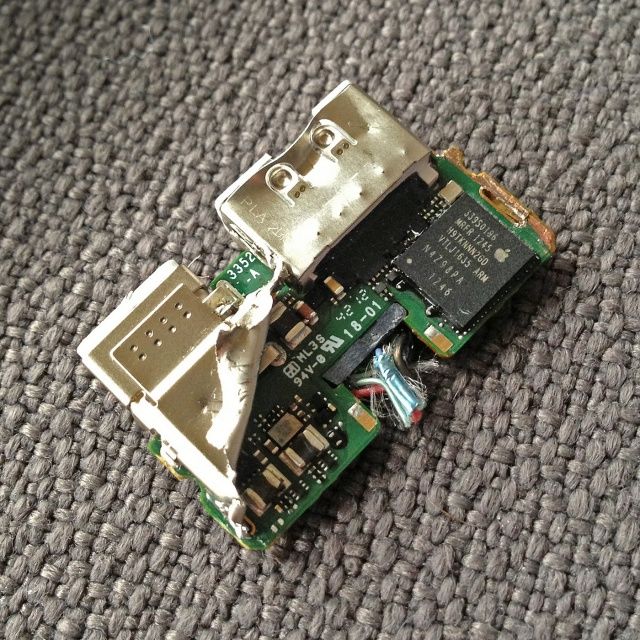
Over the weekend, a fascinating little post over on the Panic weblog revealed that the Lightning AV adapter meant to send video out from a connected iPhone or iPad over HDMI had an interesting little secret to it: it’s not a converter so much as it is a tiny ARM-based computer with a tiny SoC and 2GB of RAM!
The guys at Panic had a theory that this meant that the Lightning AV Adapter booted a miniature version of iOS every time it was connected, and that it was using a bizarre, hardwired version of the AirPlay protocol to do its streaming. That’s not actually the case, but an anonymous Apple engineer has now given the backstory behind this fascinating little bit of engineering.
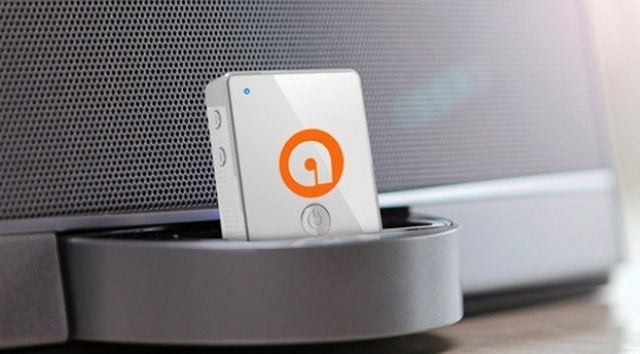
Now that you’ve upgraded to the latest iOS devices, you’re probably wondering what to do with all your old 30-pin speaker docks. You could get a $30 Lightning to 30-pin adapter from Apple and continue to use them, but for just $15 extra, you can get the auris and turn them into wireless Bluetooth speakers.

For awhile we were in a drought period for Lightning accessories. No one was making anything for the iPhone 5, latest iPod touch, and newest iPads. Now everyone is starting to sell accessories and peripherals that work with Apple’s newest dock connector.
Scoshe is the latest to hop on board with its new lineup of Lightning chargers and cables.